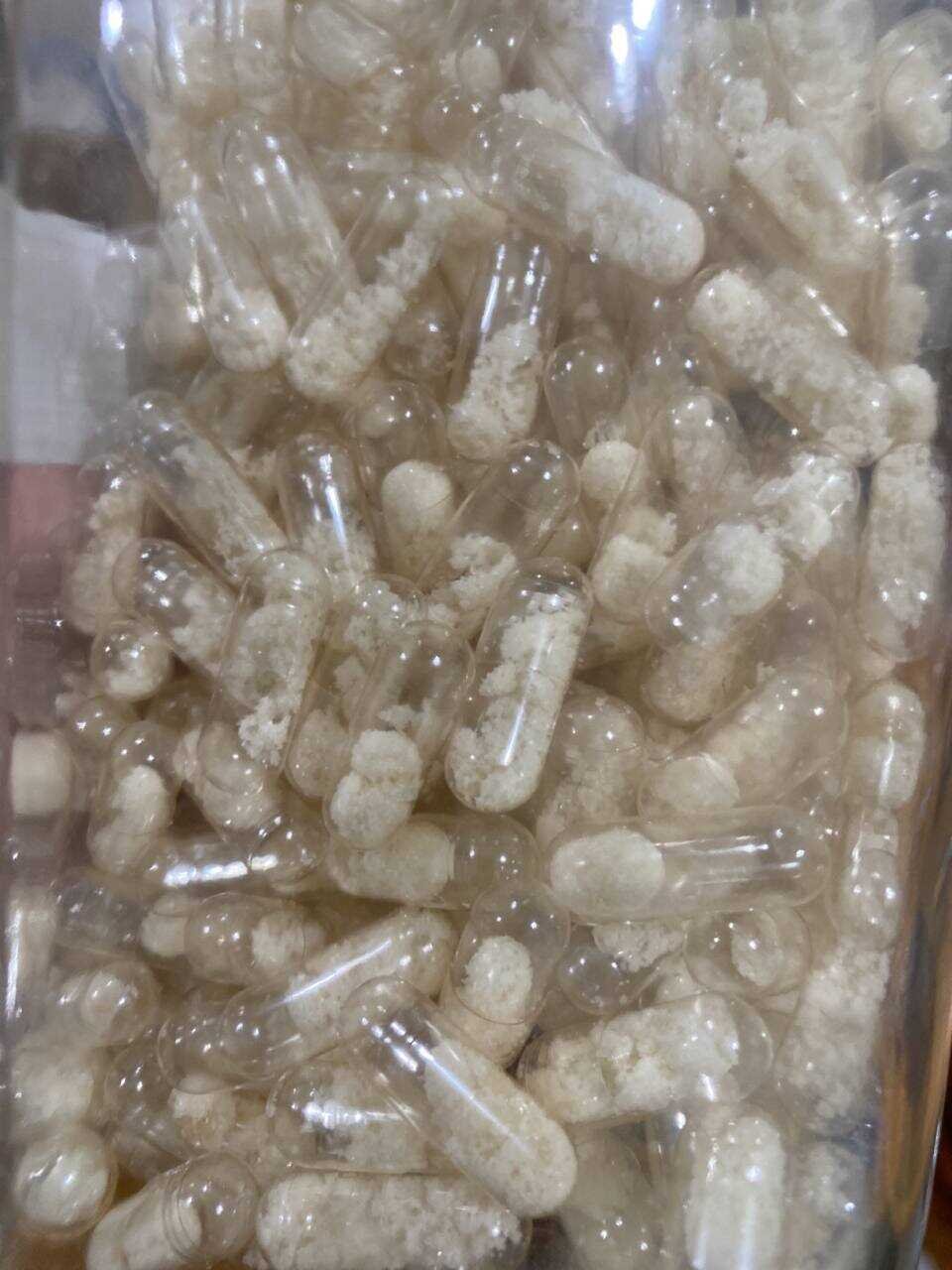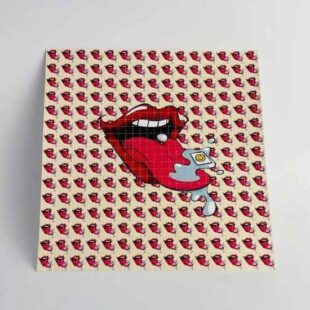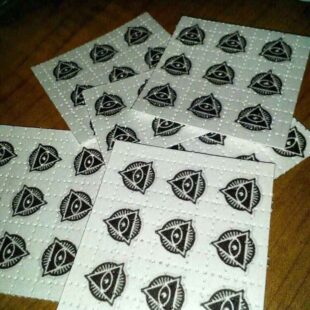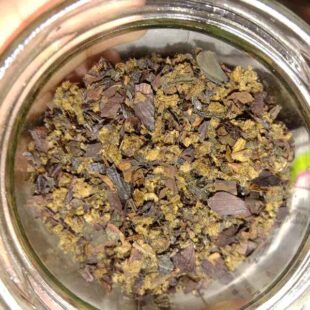- Your cart is empty
- Continue Shopping
What Is Ecstasy?
Ecstasy (MDMA, or 3,4-methylenedioxymethamphetamine) is an amphetamine analogue with both stimulant and hallucinogenic effects. Ecstasy is most commonly taken as a tablet or capsule; however, some people will snort a powder or swallow the drug in a liquid form.
Common or street names: Adam, Beans, Clarity, Disco Biscuit, E, Eve, Go, Hug Drug, Lover’s Speed, MDMA, Molly, Peace, STP, X, and XTC
Its primary effects are in the brain on neurons that use the chemical serotonin to communicate with other neurons. The serotonin system plays an important role in regulating mood, aggression, sexual activity, sleep, and sensitivity to pain.
What does Ecstasy look like?
Ecstasy comes in pill or powder form. When it’s a powder it’s called by its chemical name, MDMA, but it’s the same drug as ecstasy.
Ecstasy pills can be white, coloured, round, square or pressed into any shape. Some pills have designs stamped into them, like well known company logos that the pills are then named after.
Ecstasy powder looks like white/grey crystals and is called MDMA, mandy or MD.
What does Ecstasy taste/smell like?
Ecstasy pills are usually swallowed and MDMA is usually rubbed (dabbed) into the user’s gums. They both taste bitter and unpleasant.
Medical uses for Ecstasy (MDMA)
Ecstasy (MDMA) is designated as Schedule I substance by the DEA. There are no approved medical uses for MDMA in the U.S.
Completed and ongoing MDMA studies can be found on clinicaltrials.gov. Researchers are looking at MDMA use as a possible treatment for:
- Post-traumatic stress disorder (PTSD)
- Anxiety in terminally ill patients
- Social anxiety disorder
- Eating disorders (anorexia nervosa, binge-eating disorder)
- Alcohol Use Disorder
Post Traumatic Stress Disorder (PTSD) and Opioid Use Disorder (OUD): co-occurring
The FDA has designated MDMA-assisted psychotherapy for PTSD as a Breakthrough Therapy.
A small study published in The Lancet Psychiatry looked at the use of MDMA in patients suffering from post-traumatic stress disorder (PTSD).
Doses of MDMA
- Researchers gave three different doses of MDMA to 22 veterans, three firefighters and one police officer with PTSD. Among the participants, 23% had used ecstasy before. MDMA use was also combined with psychotherapy sessions.
- A month after the second session, a greater percentage in the high-dose groups no longer met diagnostic criteria for PTSD, compared with the low-dose group.
- After one year, 16 of the 26 participants (62%) no longer suffered from PTSD, but two had received a new diagnosis of PTSD. In addition, 12 patients were also taking additional psychiatric medications.
How long will MDMA be detectable?
Ecstasy can normally be detected in a urine test between 1 to 4 days after taking it.
How long a drug can be detected for depends on how much is taken and which testing kit is used. This is only a general guide.
What happens to your body when Ecstasy is used?
Chronic users of ecstasy perform more poorly than nonusers on certain types of cognitive or memory tasks. Some of these effects may be due to the use of other drugs in combination with ecstasy, among other factors. Research indicates heavy ecstasy use may cause persistent memory problems in humans, although studies are conflicting.
Physical Effects:
- In high doses, ecstasy can interfere with the body’s ability to regulate temperature. Dehydration is possible. On rare but unpredictable occasions, this can lead to a sharp increase in body temperature (hyperthermia), resulting in liver, kidney, and cardiovascular system failure, and death.
- Because it can interfere with its own metabolism (breakdown within the body), potentially harmful levels can be reached by repeated drug use within short intervals.
- Users face many of the same risks as users of other stimulants such as cocaine and amphetamines. These include increases in heart rate and blood pressure, a special risk for people with circulatory problems or heart disease, and other symptoms such as muscle tension or cramps, involuntary teeth clenching, tremors, nausea, blurred vision, faintness, and chills or sweating.
Psychological Effects:
- Psychological effects can include confusion, depression, sleep problems, drug craving, and severe anxiety. These problems can occur during and for days or weeks after taking ecstasy.
How does it make you feel?
Most people feel:
- very happy – hence the name
- ‘loved up’ – users often feel love and affection for the people they’re with and the strangers around them
- energised and alert
Ecstasy can also make people feel more in tune with their surroundings and like the music is more intense, which is why people sometimes take it in nightclubs and at parties.
Some users have reported feelings of:
- anxiety
- panic attacks
- confused episodes
- paranoia and even psychosis after taking ecstasy
How does it make people behave?
Lots of people feel very chatty and uninhibited on ecstasy, which makes them open up and talk about things they might not do normally.
Physical side effects can include:
- dilated pupils
- tingling sensations
- tightening or moving of the jaw muscles (gurning)
- raised body temperature
- a faster heartbea
You Might Also Like These:
Buy Mounjaro Kwikpen 7.5Mg Injection Online In France
Buy Mounjaro Kwikpen 5Mg Injection Online
Mounjaro 2-Pen Starter Pack (2.5mg + 5mg )
Buy Mounjaro Kwikpen 2.5Mg Injection
Buy Mounjaro Injection Online in Germany | 2Pack (7.5mg + 10mg)
Additional Information
| Type | Pills, Capsules |
|---|---|
| Quantity | 30, 50, 100, 200 |
Only logged in customers who have purchased this product may leave a review.













Reviews
There are no reviews yet.